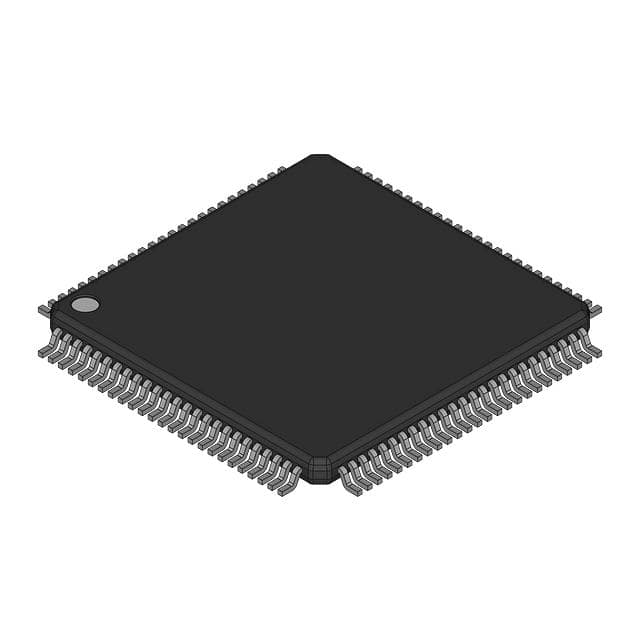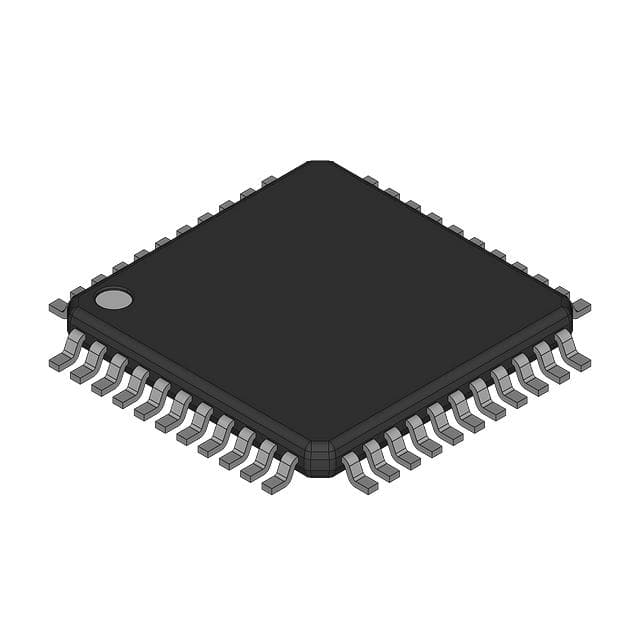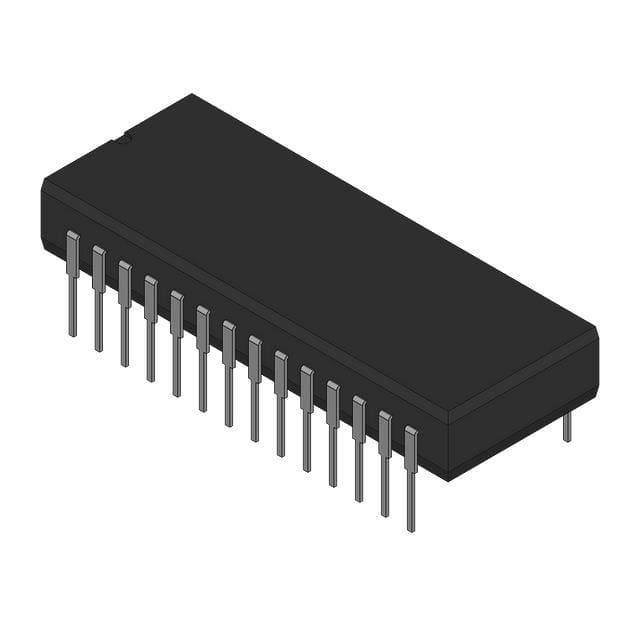PEF66218E Product Introduction:
Altera Part Number PEF66218E(Interface - Telecom), developed and manufactured by Altera, distributed globally by Jinftry. We distribute various electronic components from world-renowned brands and provide one-stop services, making us a trusted global electronic component distributor.
PEF66218E is one of the part numbers distributed by Jinftry, and you can learn about its specifications/configurations, package/case, Datasheet, and other information here. Electronic components are affected by supply and demand, and prices fluctuate frequently. If you have a demand, please do not hesitate to send us an RFQ or email us immediately sales@jinftry.com Please inquire about the real-time unit price, Data Code, Lead time, payment terms, and any other information you would like to know. We will do our best to provide you with a quotation and reply as soon as possible.
Introducing the Intel PEF66218E, a cutting-edge product designed to revolutionize the world of electronics. This advanced device is packed with powerful features that will enhance performance and efficiency in a wide range of applications.
The Intel PEF66218E boasts an impressive array of features, starting with its high-speed processing capabilities. With a clock speed of up to 2.5 GHz, this product ensures lightning-fast data processing, enabling seamless multitasking and smooth operation. Additionally, its advanced architecture allows for efficient power consumption, making it an ideal choice for energy-conscious users.
One of the standout features of the Intel PEF66218E is its versatile connectivity options. Equipped with multiple USB ports, HDMI, and Ethernet, this product offers seamless integration with a variety of devices, making it perfect for home entertainment systems, gaming consoles, and smart home applications.
Furthermore, the Intel PEF66218E is designed to excel in demanding environments. Its rugged construction and high durability ensure reliable performance even in extreme conditions, making it suitable for industrial automation, robotics, and automotive applications.
In conclusion, the Intel PEF66218E is a game-changer in the world of electronics. With its powerful processing capabilities, versatile connectivity options, and rugged design, this product is perfect for a wide range of applications, from home entertainment to industrial automation. Upgrade your electronics experience with the Intel PEF66218E and unlock a world of possibilities.
Interface - Telecom is an integrated circuit specifically designed to achieve signal conversion and protocol adaptation between different devices in communication networks. This type of interface typically integrates multiple communication standards and interface protocols, such as PSTN (Public Switched Telephone Network), ISDN (Integrated Services Digital Network), DSL (Digital User Line), GPON (Gigabit Passive Optical Network), etc., to facilitate seamless data transmission in complex telecommunications environments. The design principle of telecommunications interface chips is based on the understanding and implementation of telecommunications network protocol stacks. Through built-in hardware logic, they achieve functions such as signal encoding, decoding, synchronization, and error detection. Its characteristics include high reliability, low latency, wide compatibility, and adaptability to harsh environments, making it a key component in building modern communication infrastructure.
Application
Interface - Telecom plays a core role in the communication industry and is widely used in fixed and mobile communication networks, including but not limited to telephone switches, base stations, routers, modems, gateways, optical network units (ONUs), cable modem head end systems (CMTS), and other equipment. In these applications, the telecommunications interface is responsible for processing the conversion between analog and digital signals, supporting the transmission of various services such as voice, data, and video. In addition, with the development of the Internet of Things (IoT), 5G technology and edge computing, telecommunications interfaces are increasingly integrated into smart grids, smart cities, telemedicine, autonomous vehicles and industrial automation systems to provide stable, high-speed data connections and promote real-time information sharing and processing.
FAQ about Interface - Telecom
-
1. What are E1 and T1 interfaces and how are they used in telecommunications?
The E1 and T1 interfaces are communications standards used for transmitting digital signals; E1 is commonly used in Europe and provides a bandwidth of 2.048 Mbps per line; T1 is used in the United States and provides a bandwidth of 1.544 Mbps per line. These interfaces are commonly used in telephone networks, data transmission and PBX systems.
-
2. What is VoIP and how does it integrate with telecom interfaces?
VoIP (Voice over IP) transmits voice signals over the Internet Protocol, reducing the use of traditional telephone lines.VoIP devices are usually connected to the network via an Ethernet interface (RJ45) and need to be configured with the relevant protocols (e.g., SIP) to enable voice communications.
-
3. How to choose the right telecom interface?
When choosing a telecom interface, you need to consider the bandwidth requirement, transmission distance, signal type (analog or digital), type of connected devices (e.g., telephones, routers, switches) as well as the reliability of the interface and the compatibility of standards (e.g., ITU, IEEE, etc.).
 Lead free / RoHS Compliant
Lead free / RoHS Compliant






























